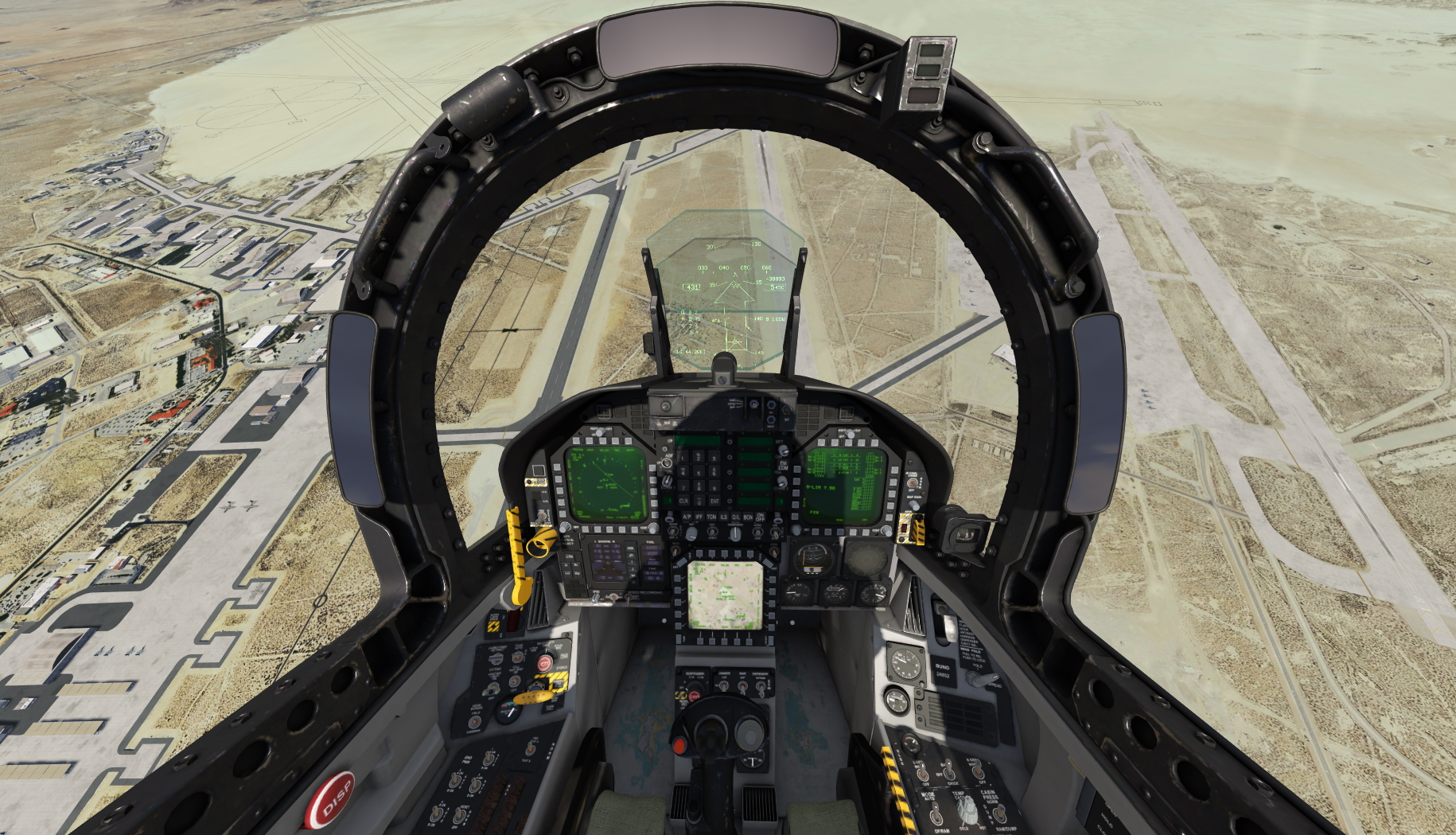

And the frontseater can work on his targeting but still be aware of what’s going on from the air-to-air perspective,” Keeven said. “If the backseater is trying to put a laser-guided bomb into the front door, he can work that. The pilots will do air-to-air and air-to-ground operations simultaneously on the new screens. “They will decide if they need to limit themselves on where they can move things.” The backseat pilot will have the same features.Īs for the final version, that will depend on the pilots in the advisory groups, he noted. They could fill the entire screen with a map if they wish. Pilots will be able to expand or get rid of displays. The screen will do away with hard displays and replace them with iPad-like features, although there will be redundant push-button features for backup purposes. “We have a good baseline and from this we can start thinking about advanced design,” he added.į/A-18 block III Super Hornet concept art (Boeing) “They want it sooner rather than later, so we are starting the design process.”īoeing has already developed a first iteration of the display. “It’s not on the jet now, it will be, judging from the operator response that we have got,” Keeven said. The company has worked with pilots from the “Top Gun” schoolhouse at Naval Air Station Fallon in Nevada, and Naval Air Weapons Station China Lake in California to see which features could prove useful, Keeven said. It will also be lighter and easier to maintain than traditional cockpits, John Keeven, F/A-18 flight simulation manager at Boeing, said during a media briefing. Part of the planned upgrades will be a 10-by-19-inch cockpit display that Boeing has said will be the most advanced ever to be featured in a tactical jet fighter. Boeing will be both building new systems and doing service life extensions on block II aircraft to meet the Navy’s acquisition needs.

In the meantime, it will fill an order from the Kuwaiti air force for 28 aircraft. The Navy has ordered 110 block III Super Hornets, which will begin production in 2020. aircraft I've flown.Boeing is developing an advanced cockpit display for its block III F/A-18 Super Hornet that pilots who were raised in the age of iPads will be comfortable using, a company official said. The Eduard photoetch sets typically use the wrong gray, which is much more blue than the one used in any U.S. One should also add in the fact that many cockpits sit exposed to the sun on the ground and inflight, so there is fading. Some pre-coloured Eduard sets can be very strange hues as usual the only way to go is with whatever photos or paint chips you can find.Īs you said the photographic process tends to affect the color, not to mention your computer monitor or the printing process for books. These names are from certain on-line conversion charts.

However, both the kit instructions and the DACO 'Uncovering.' book specify Dark Gull Grey (FS 36231) -yowsa! Surely that can't be right.? Well, looks like some would disagree ^, so I'll bow to their wisdom! This 'matches' most photos I have, accepting the limitations of photographic processes. Hi Les, which Eduard set do you have there? The printed grey on my bits (for Hasegawa 1/48) is pretty much USN Light Ghost Grey (FS 36375).


 0 kommentar(er)
0 kommentar(er)
